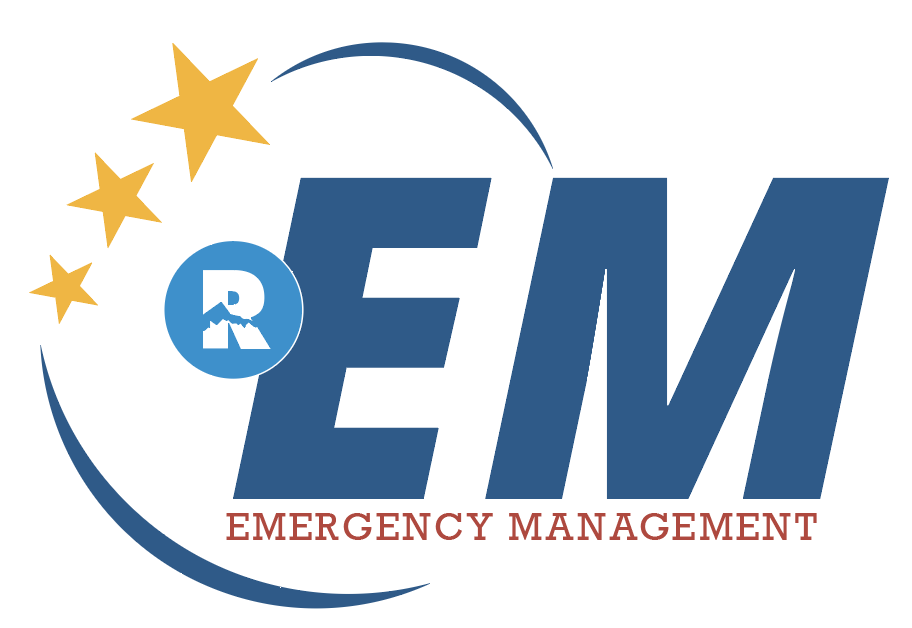Eric Queller - Emergency Manager
Tel: 575-257-3473 (O); 575-973-8963 (C)
Fax: 575-257-4550
EricQueller@ruidoso-nm.gov
Together we are building a disaster-resilient community. Know what to do during a weather or wildfire emergency. Be Prepared Now.
IMPORTANT LINKS
CallMeRuidoso.com: Sign-up for emergency notifications in the Village of Ruidoso. This system allows Ruidoso Police and Fire to send out emergency situation notices via voice/text message and email to each person who has registered here in the event of an emergency in the area. You must register here to receive these alerts! For questions or concerns, call 575-257-3473.
Knowing what to do in the event of a wildfire can help save your life and property. Learn how to protect yourself, your family and property during a wildfire with these essential wildfire safety tips.
Preparedness Training Materials
Building Emergency Response Guide
Building Emergency Response Presentation
Time to Get RuidosoReady!
Get the Emergency Fast Guide here!
Hazard mitigation planning reduces loss of life and property by minimizing the impact of disasters. It begins with state, tribal, and local governments identifying natural disaster risks and vulnerabilities that are common in the area. After identifying these risks, long-term strategies are developed for protecting people and property from similar events. Mitigation plans are key to breaking the cycle of disaster damage and reconstruction.
Wildfires - Ready, Set, Go!
The Ready, Set, Go! (RSG) Program, managed by the International Association of Fire Chiefs (IAFC), helps fire departments to teach individuals who live in high risk wildfire areas – and the wildland urban interface (WUI) – how to best prepare themselves and their properties against fire threats. The program works in complimentary and collaborative fashion with existing wildland fire public education efforts, such as Firewise, and amplifies their messages to individuals to better achieve the common goal we all share of Fire Adapted Communities. The RSG! Program tenants help residents be Ready with preparedness understanding, be Set with situational awareness when fire threatens, and to Goearly when a fire starts.
The RSG! Program provides the implementation guidance; background knowledge; and presentation tools to assist fire departments in delivering the program message:
• Ready – Preparing for the Fire Threat: Be Ready, Be Firewise. Take personal responsibility and prepare long before the threat of a wildfire so your home is ready in case of a fire. Create defensible space by clearing brush away from your home. Use fire-resistant landscaping and harden your home with fire-safe construction measures. Assemble emergency supplies and belongings in a safe spot. Make sure all residents residing within the home are on the same page, plan escape routes. For more information about how to be Ready for wildland fires, go to Firewise.org
• Set – Situational Awareness When a Fire Starts: Pack your vehicle with your emergency items. Stay aware of the latest news from local media and your local fire department for updated information on the fire.
• Go – Act early! Following your action plan not only makes you prepared, but helps firefighters best respond to a wildland fire, which strengthens both yours and their safety.
Click here to learn what to do before during and after a wildfire.
Floods
Floods are one of the most common hazards in the United States, however not all floods are alike. Some floods develop slowly, while others such a flash floods, can develop in just a few minutes and without visible signs of rain. Additionally, floods can be local, impacting a neighborhood or community, or very large, affecting entire river basins and multiple states.
Be aware of flood hazards no matter where you live or work, but especially if you are in low-lying areas, near water, behind a levee or downstream from a dam. Even very small streams, gullies, creeks, culverts, dry streambeds or low-lying ground that appear harmless in dry weather can flood.
Click here to learn what to do before, during and after a flood event.
FEMA - Ready Program
Before a disaster strikes, learn how you will know there is an impending hazardous event. Familiarize yourself with the signs of events that come without warning and know the local advance alerts and warnings and how you will receive them. Knowing about the local emergency plans for shelter and evacuation and local emergency contacts will help you develop your household plan and will also aid you during a crisis.
Learning what to do in different situations and developing and customizing your plans for your local hazards, the locations frequented by members of your household and the specific needs of household members including animals will help you reduce the impact of disasters and may save lives and prevent injuries.
Make a Plan
Your family may not be together when a disaster strikes so it is important to plan in advance: how you will get to a safe place; how you will contact one another; how you will get back together; and what you will do in different situations.
Ready.gov has made it simple for you to make a family emergency plan. Download the Family Emergency Plan (FEP) and fill out the sections before printing it or emailing it to your family and friends.
You should also inquire about emergency plans at places where your family spends time: work, daycare and school, faith organizations, sports events and commuting. If no plans exist, consider volunteering to help create one. Talk to community leaders, your colleagues, neighbors and members of faith or civic organizations about how you can work together in the event of an emergency. You will be better prepared to safely reunite your family and loved ones during an emergency if you think ahead and communicate with others in advance.






